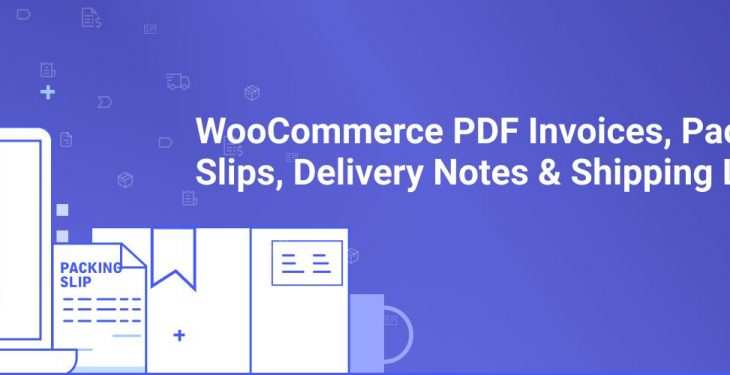Businesses of all sizes rely on accurate invoicing to maintain their cash flow, ensure compliance, and build trust with clients. However, manual invoicing is often fraught with errors — from incorrect amounts and missing data to duplicated invoices and late submissions. Fortunately, the integration of AI-driven automation in invoicing systems is transforming how finance teams manage billing, significantly reducing mistakes while streamlining the entire process.
In this article, we’ll explore how AI automation reduces common invoicing errors and why it’s becoming indispensable for modern finance departments.
Common Invoicing Errors and Their Consequences
Before diving into the benefits of AI, it’s important to understand the types of errors that frequently occur during manual invoicing:
- Incorrect customer details: Misspelled names, wrong addresses, or incorrect contact information can delay payments.
- Wrong amounts: Mathematical mistakes or inconsistent pricing can lead to overcharges or undercharges.
- Duplicate invoices: Sending multiple invoices for the same work can confuse clients and damage relationships.
- Late invoice submissions: Delays in sending invoices result in delayed payments and disrupted cash flow.
- Human oversight: Missing invoice numbers or mismatched purchase orders often go unnoticed in manual workflows.
These mistakes don’t just cost businesses money—they harm reputation, delay revenue, and increase the risk of compliance issues.
How AI Automation Reduces Errors
AI-powered invoicing solutions are designed to learn from data, recognize patterns, and automate tasks with a level of precision that is difficult to achieve manually. Here’s how they help:
1. Auto-Fill and Data Extraction
AI can extract data from contracts, emails, or previous invoices and automatically populate fields within a new invoice. This reduces reliance on manual data entry and drastically decreases human error.
Example: Instead of retyping customer info for every invoice, AI can pull accurate details straight from a CRM or ERP system, ensuring consistency and accuracy.

2. Error Detection Algorithms
AI algorithms can review an invoice before it’s sent out and detect anomalies such as duplicate records, calculation errors, or deviations in pricing. Alerts or automatic corrections prevent errors from reaching the client.
For instance, if an amount seems out of range based on historical data, the system will flag it for review—saving time and avoiding potential disputes.
3. Real-Time Validation and Confirmation
AI systems can cross-reference invoice data with purchase orders, contracts, and timesheets in real time. This ensures that billable items match agreed-upon terms, reducing discrepancies during approval and payment processing.
4. Automated Invoice Scheduling
One major bottleneck in invoicing is timely delivery. AI automation can ensure invoices are sent on a set schedule or triggered based on project milestones or delivery confirmations. This reduces the chance of late submissions and helps maintain a steady cash flow.
5. Continuous Learning and Improvement
Unlike manually programmed systems, AI platforms improve over time. They learn from past mistakes, adjust to company-specific billing patterns, and get better at identifying subtle issues that even experienced humans might miss.

Additional Benefits Beyond Error Reduction
While minimizing errors may be the headline benefit, AI automation in invoicing offers several additional advantages:
- Faster processing times: Invoices are generated and delivered in minutes rather than hours or days.
- Improved compliance: Automated record keeping helps comply with tax laws and industry regulations.
- Custom insights: Real-time analytics can forecast cash flow trends and client payment behaviors.
- Enhanced user experience: Both internal teams and clients benefit from smooth, error-free transactions.
The Future of Financial Operations
AI is not just a perk for forward-thinking companies—it is rapidly becoming a necessity. As businesses grow and transactional complexity increases, traditional invoicing methods lack the scalability and precision required to keep up. AI automation empowers finance teams to shift from mundane manual tasks to more strategic roles focused on growth and innovation.
By minimizing errors, improving speed, and providing actionable insights, AI transforms invoicing from a liability into a streamlined, error-resistant process. For companies seeking to stay competitive while ensuring financial accuracy, adopting AI-driven invoicing automation is no longer optional—it’s essential.
